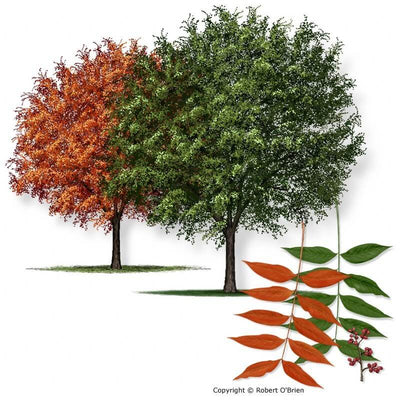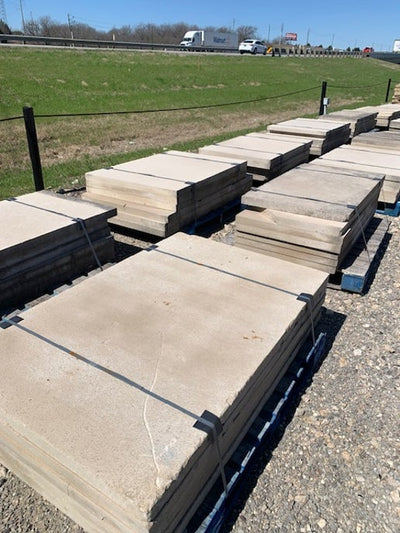Pine Japanese Black
Pine Japanese Black
Description: The Japanese Black Pine is a slow-growing, long-lived tree with a distinctive, irregularly-shaped crown. Its dark green needles are borne in clusters of two and are typically stiff and twisted, creating a unique texture. The bark of mature trees is dark gray to black and becomes deeply furrowed with age, adding to the tree's rugged aesthetic. In late spring to early summer, female trees produce small, ovoid cones that may persist on the branches for several years.
Size: Japanese Black Pines typically reach heights of 20 to 60 feet (6 to 18 meters) with a spread of 20 to 35 feet (6 to 11 meters) at maturity. However, individual trees may vary in size depending on growing conditions, climate, and genetic factors. Young trees have a more pyramidal shape, while older specimens often develop a broader, more irregular crown. Japanese Black Pines grow relatively slowly, especially in their early years, but they can live for several centuries under optimal conditions.
Best Growing Zones: Japanese Black Pines are native to coastal regions of Japan and Korea but are widely cultivated in temperate regions around the world. They are well-suited to USDA hardiness zones 5 through 9, although they can also tolerate a range of conditions. Japanese Black Pines prefer climates with mild winters and moderate to high humidity levels but can withstand periods of drought once established. They perform best in full sun exposure, although they can tolerate partial shade.
Soil Requirements: Japanese Black Pines are adaptable to a variety of soil types, including sandy, loamy, or clay soils, as long as they are well-drained. They prefer slightly acidic to neutral soil pH and may struggle in alkaline soil conditions. Amending the soil with organic matter such as compost or peat moss before planting can improve soil structure and provide essential nutrients for healthy growth. Once established, Japanese Black Pines are relatively low-maintenance and require minimal watering and fertilization.
Maintenance: Japanese Black Pines are relatively low-maintenance once established but benefit from occasional pruning to remove dead, diseased, or overgrown branches and to maintain their shape. Pruning is typically done in late winter or early spring before new growth emerges. Japanese Black Pines are relatively resistant to pests and diseases but may occasionally be affected by issues such as pine wilt disease or scale insects. Regular monitoring and proper cultural practices can help prevent problems and keep the trees healthy.




